Understanding positions in soccer is crucial for both players and coaches. Each position on the field requires specific skills, responsibilities, and strategic thinking. Whether you're an attacker looking to score goals or an attacking midfielder orchestrating plays, knowing your role and how it fits into the team's overall strategy can greatly enhance performance. In this blog post, we will explore the importance of understanding positions in soccer and provide valuable insights for soccer coaches and professionals seeking to improve their knowledge of different roles on the field. Let's dive in!
Importance of Understanding Positions in Soccer
Enhances team coordination and communication. Understanding the positions in soccer allows players to develop a deeper understanding of their roles and responsibilities on the field, enabling better coordination with teammates. This enhances communication during matches, as players can anticipate each other's movements and make effective passes or runs to create scoring opportunities.
Understanding positions in soccer enhances team coordination and communication, allows for strategic planning and gameplay, and maximizes player potential and performance.
Allows for strategic planning and gameplay. Knowing the different positions in soccer enables teams to strategically plan their gameplay. Coaches can design offensive strategies by utilizing attacking midfielders as playmakers who distribute the ball to attackers for goal-scoring opportunities. Similarly, defensive strategies are devised based on the positioning of defenders and midfielders to maintain a strong backline.
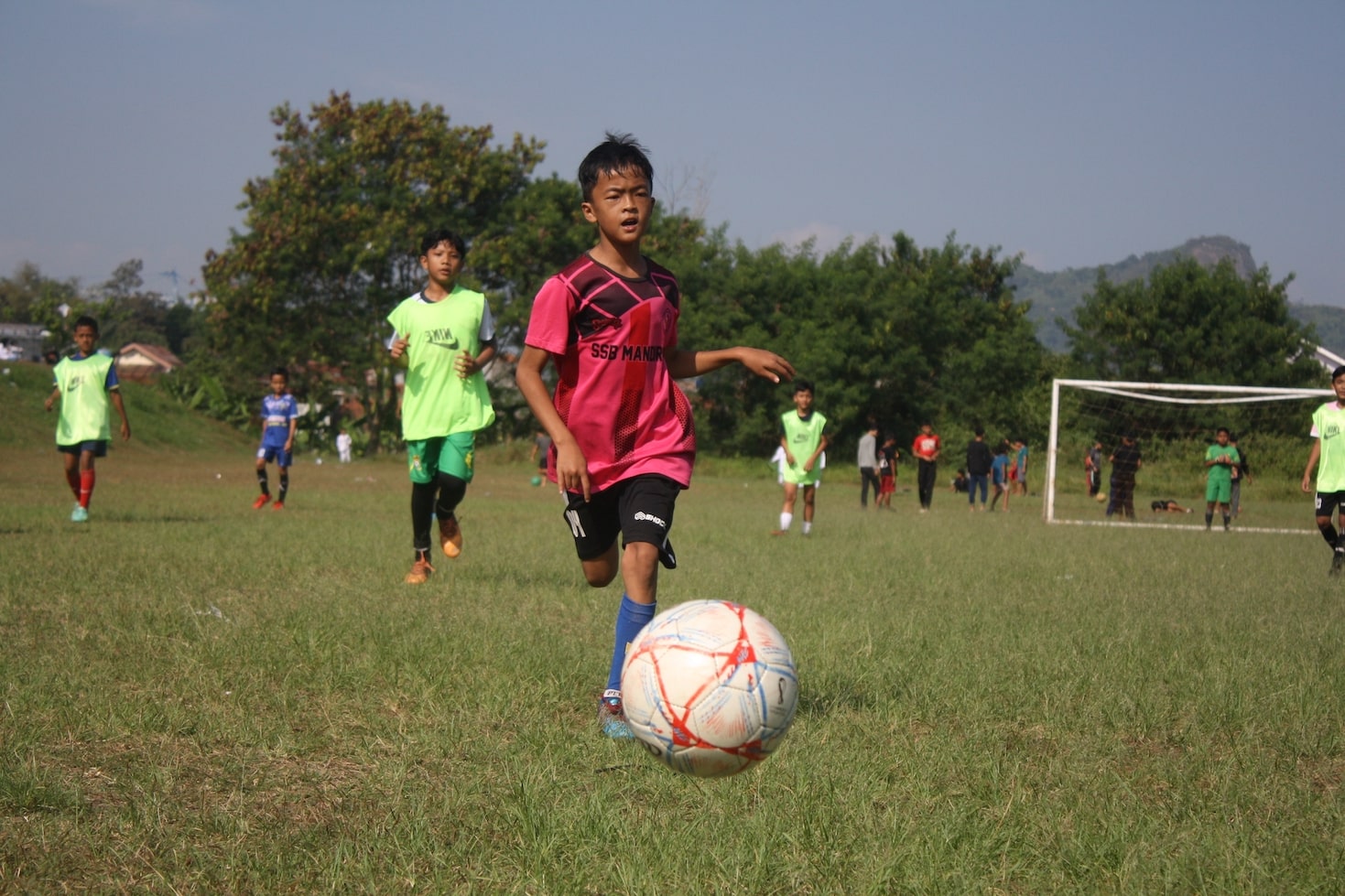
Maximizes player potential and performance. When players understand various positions in soccer, they can adapt their skills accordingly, maximizing their potential within specific roles on the field. For example, attackers can focus on developing goal-scoring techniques while attacking midfielders work on creating chances for others through accurate passing and vision. This understanding leads to improved performance individually and collectively as a team.
Offensive Positions
1. Striker
Strikers or centre forwards are the goal-scoring machines of a soccer team. They are primarily responsible for putting the ball into the back of the net and leading their team to victory. Strikers possess excellent shooting skills, speed, agility, and positional awareness. Their main objective is to create scoring opportunities by making intelligent runs, exploiting defensive weaknesses, and capitalizing on any chances that come their way.
A striker's role goes beyond just scoring goals; they also play a vital role in creating space for their teammates by pulling defenders out of position and drawing attention from opposing players. Strikers need to have strong communication skills and be able to work well with other attacking players in order to coordinate effective attacks. They must constantly be aware of their surroundings, analyzing defensive structures and adapting their movements accordingly. In summary, strikers are crucial assets for any soccer team looking to dominate matches through clinical finishing and offensive prowess.
2. Winger
Wingers, also known as wide players, play a crucial role in modern soccer. They have the ability to create width and stretch the opposition's defense, providing options for both attacking and defensive phases of the game. Their main objective is to deliver accurate crosses into the box or cut inside to take shots on goal. With their speed and agility, wingers are often key players when it comes to counter-attacks and quick transitions from defense to attack.
In addition to their offensive duties, wingers must also contribute defensively by tracking back and supporting their fullbacks. Their ability to press opponents high up the field can disrupt opposing attacks and help regain possession quickly. Wingers should possess good dribbling skills, precise passing abilities, excellent stamina levels, and be comfortable operating in tight spaces along the touchline or cutting inside diagonally towards goal.
Overall, wingers bring creativity, pace, and unpredictability on both ends of the pitch making them an essential component in any tactical system employed by teams at all levels of soccer.
3. Attacking Midfielder
An attacking midfielder is a crucial position in soccer, responsible for creating scoring opportunities and dictating the flow of the game. They possess excellent vision, passing ability, and technique to unlock defenses and provide key assists to strikers. Here are some important aspects of playing as an attacking midfielder:
- Vision: Attacking midfielders have exceptional awareness on the field, constantly scanning for openings and identifying teammates' runs.
- Passing Ability: Accurate passing is essential for an attacking midfielder to deliver incisive through balls or play quick one-twos with teammates.
- Dribbling Skills: The ability to dribble past opponents helps create space in tight areas and allows them to take on defenders one-on-one.
- Shooting Technique: Attacking midfielders should have a lethal shot from distance as they often find themselves in goal-scoring positions.
In addition to these skills, it's vital for attacking midfielders to maintain good positioning between defense and attack while also providing defensive support when needed.
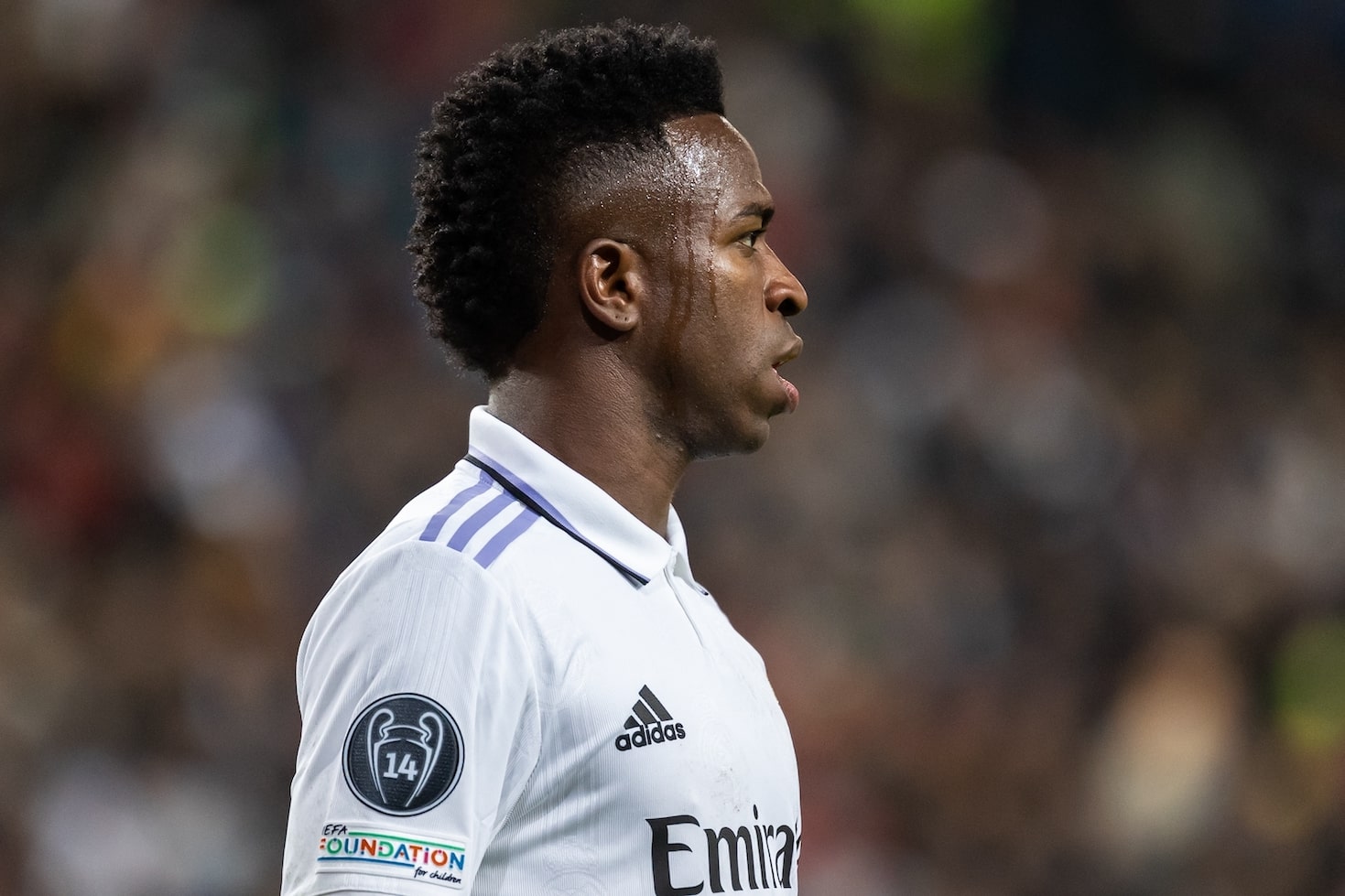
Midfield Positions
1. Central Midfielder
A central midfielder is a versatile player who controls the game from the middle of the field. They excel in both attacking and defensive duties, making them crucial in creating scoring opportunities while also providing stability to the team's defensive line. Their ability to read the game, distribute accurate passes, and maintain possession under pressure allows them to dictate play and contribute significantly to their team's overall success.
The central midfielder must possess excellent vision and awareness on the pitch. They often serve as a link between defense and attack, dictating the tempo of play by distributing precise passes to initiate attacks or switch play from one side of the field to another. Additionally, their tactical understanding helps them make timely interceptions and tackles when defending against opponents' advances. A well-rounded skill set that includes passing accuracy, stamina, agility, strong tackling abilities, anticipation skills are essential for excelling in this position.
2. Defensive Midfielder
Defensive midfielders play a crucial role in the team's defensive structure. Their primary responsibility is to break up opposition attacks and protect the backline. They excel at intercepting passes, making timely tackles, and providing cover for their teammates. Additionally, they are adept at distributing the ball to initiate counter-attacks or build-up play from deep positions.
The defensive midfielder acts as a shield for the defense while also connecting the team's defense and attack. Their positioning and awareness allow them to disrupt opposing plays by blocking passing lanes and pressing opponents effectively. With their ability to read the game well, they contribute significantly to maintaining possession and dictating play in midfield battles.
3. Box-to-Box Midfielder
The box-to-box midfielder is a versatile player who excels in both attacking and defensive roles. With their exceptional stamina and work rate, they provide crucial support to the team in all areas of the pitch. They are adept at initiating attacks from deep positions, making incisive passes, and contributing goals with their late runs into the opposition's penalty area. Defensively, they are reliable tacklers and possess excellent positional awareness, often disrupting opponents' counter-attacks before quickly transitioning play back to their own team. The box-to-box midfielder is an indispensable asset in any formation, bringing energy and balance to the team's overall performance.
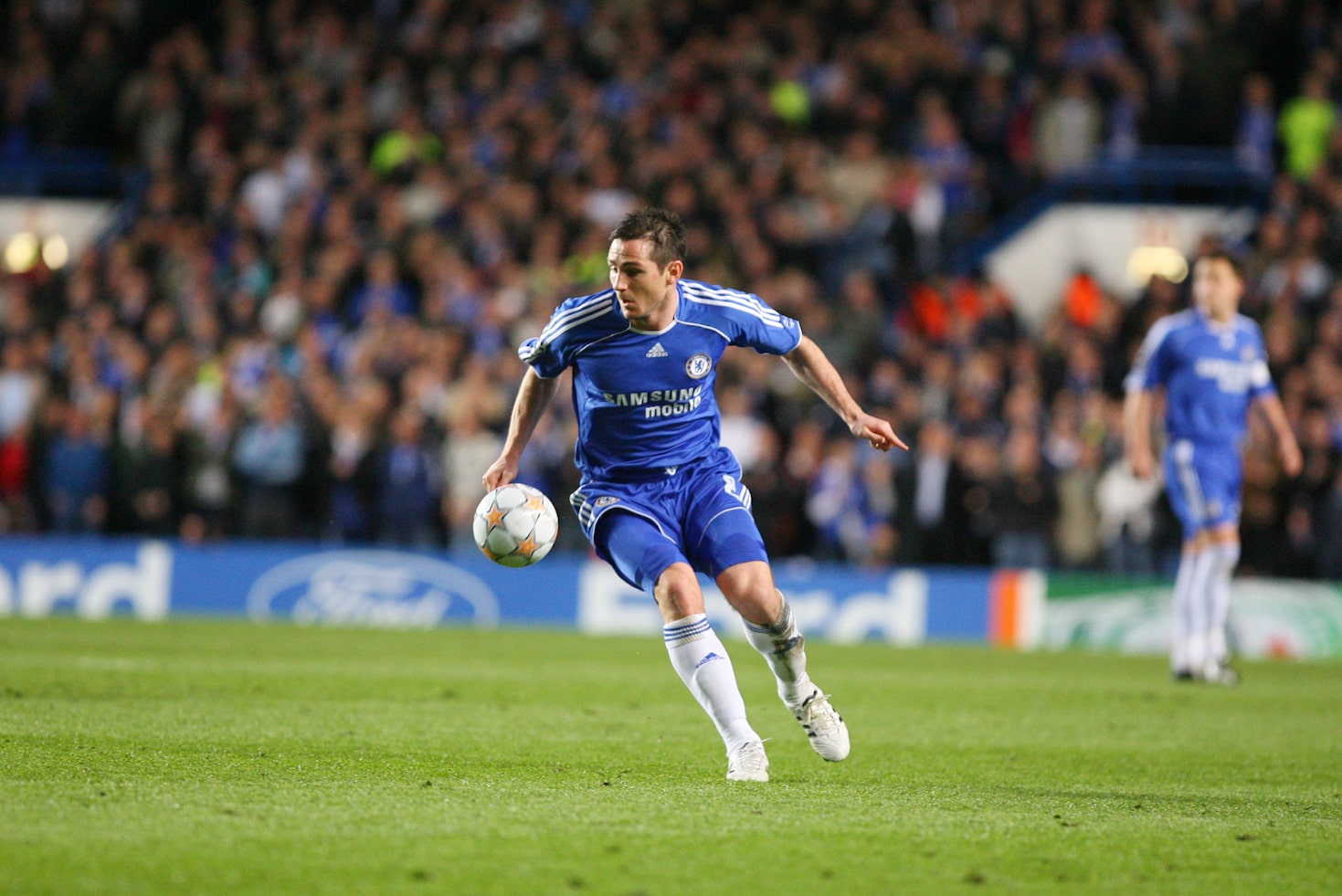
In addition to their well-rounded skillset, box-to-box midfielders exhibit strong leadership qualities on the field. They take charge of organizing defensive structures while also motivating teammates during offensive phases of play. Their ability to read the game enables them to intercept passes effectively and initiate quick transitions for counter-attacking opportunities. Their versatility allows coaches greater tactical flexibility as they can adapt seamlessly between various formations or roles within a match scenario.
Ultimately, a proficient box-to-box midfielder possesses an unmatched drive that fuels their continuous movement throughout games. Their ability to impact both ends of the pitch makes them invaluable assets in modern soccer systems where fluidity and dynamism reign supreme.
Defensive Positions
1. Centre-back
Centre-backs are crucial players in a soccer team's defense. They are responsible for organizing the defensive line, marking opposing forwards, and intercepting passes. Their main objective is to prevent the opposition from scoring goals by positioning themselves strategically and making timely tackles. Centre-backs must also possess good communication skills to effectively coordinate with teammates and maintain a solid defensive structure throughout the game.
In addition to their defensive duties, centre-backs often contribute offensively during set-pieces or when initiating attacks from the back. They can distribute accurate long passes to start counter-attacks or provide aerial threats inside the opponent's penalty area during corner kicks or free-kicks. A strong physical presence combined with tactical awareness makes centre-backs valuable assets for any team aiming for success on both ends of the field.
2. Full-back
Full-backs are crucial players in a soccer team, providing both defensive stability and attacking support. They play on the flanks of the defense and contribute to both ends of the field. Here are some key points about playing as a full-back:
- Versatility: Full-backs must be able to defend against opposing wingers while also joining in attacks when possible in wingback positions.
- Defensive Duties: Full-backs should mark their opponents tightly, block crosses, and make timely tackles to prevent goals.
- Overlapping Runs: One important aspect is making overlapping runs down the wing to provide width in attack and create scoring opportunities for teammates.
- Crossing Ability: Good full-backs possess accurate crossing skills to deliver balls into dangerous areas for their strikers.
In summary, full-backs have a dual role as defenders and attackers. Their versatility, defensive duties, overlapping runs, and crossing ability make them integral members of any successful soccer team.
3. Sweeper
The sweeper is a crucial defensive position in soccer. Positioned just behind the center-backs, the sweeper's primary role is to provide additional cover and support in defense. This player acts as a safety net, intercepting loose balls and clearing them out of danger quickly and efficiently. With excellent anticipation skills and precise tackling ability, the sweeper plays a vital role in maintaining defensive stability for the team.
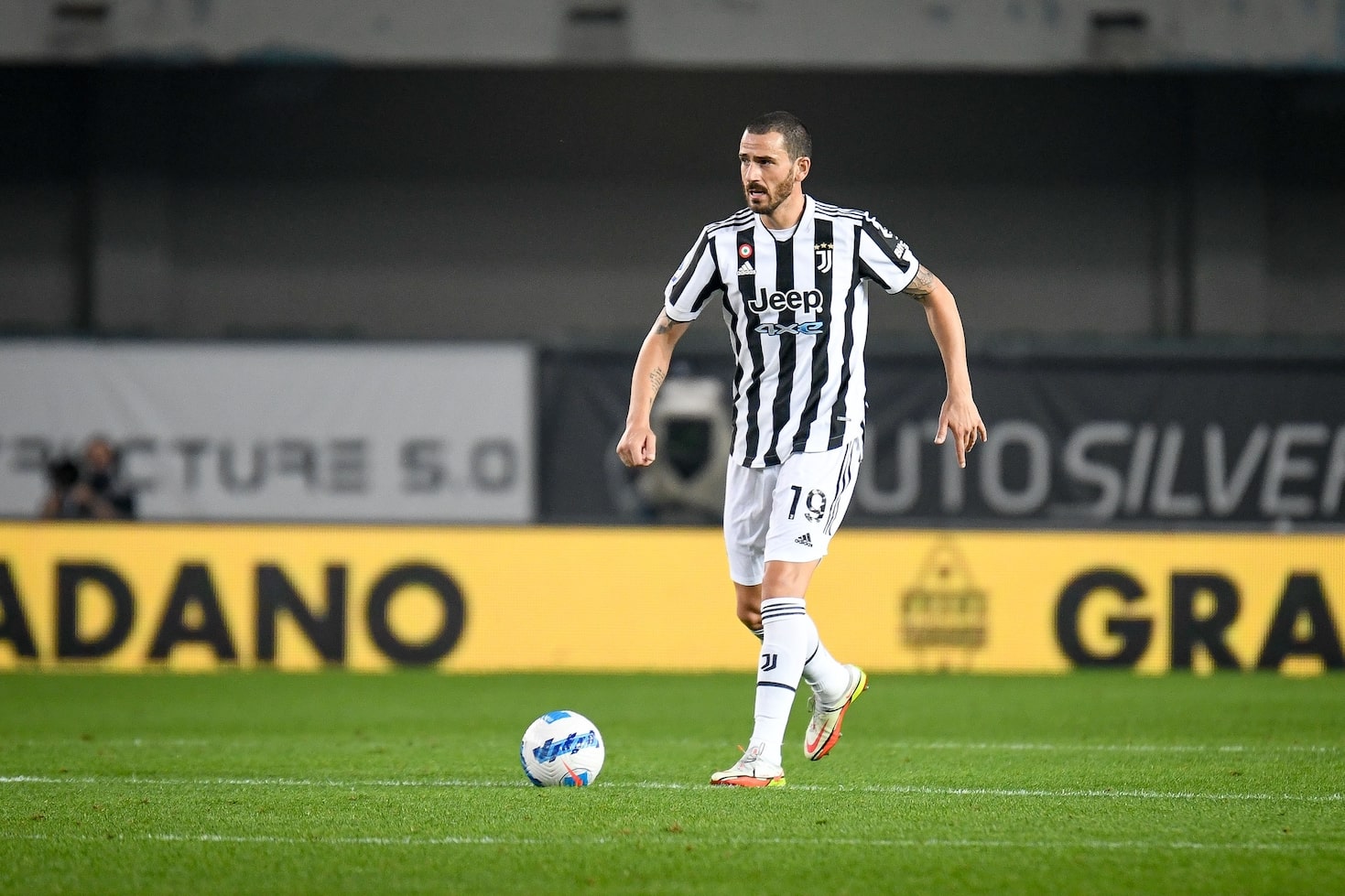
In addition to their defensive duties, sweepers also contribute to initiating attacks from deep positions on the field. They have good vision and passing ability, allowing them to distribute the ball effectively to start counter-attacks or build-up play from behind. Their positioning between midfielders and defenders provides an extra passing option when transitioning from defense to attack. Overall, having a skilled sweeper can significantly enhance a team's defensive solidity while adding value with their distribution skills on offense too.
Goalkeeper Position
- Roles and Responsibilities of a Goalkeeper: A goalkeeper plays a vital role in the team's defense, acting as the last line of protection. Their primary responsibility is to prevent the opposing team from scoring goals by making crucial saves. They must communicate effectively with their teammates to organize defensive strategies and provide guidance during set pieces. Additionally, goalkeepers need to possess excellent positional awareness and decision-making skills in order to anticipate and react quickly to shots on target.
- Key Skills and Attributes of a Successful Goalkeeper: Successful goalkeepers exhibit exceptional reflexes, agility, and hand-eye coordination that enable them to make remarkable saves even under intense pressure. They should also have strong communication skills to effectively direct their defenders' positioning during different phases of play. Furthermore, mental resilience and composure are crucial attributes for goalkeepers as they often face high-stress situations that require quick thinking and confident decision-making.
- Strategies for Training and Development as a Goalkeeper: To develop as a goalkeeper, it is essential to focus on specific training exercises tailored towards improving reflexes, handling techniques, footwork agility, diving ability, distribution skills, etc. Regular practice sessions involving simulated game scenarios can help enhance decision-making capabilities in real-time situations. Working closely with specialized goalie coaches can provide valuable insights into refining technique while receiving constructive feedback on areas requiring improvement.
Drills and Exercises for Different Positions
1. Striker Drills and Tips
- Practice shooting accuracy with target drills
- Improve speed and agility with cone dribbling exercises
- Develop ball control and finishing skills through one-on-one attacking drills
2. Midfielder Drills and Tips
Midfielders play a crucial role in a football team, linking defense and attack. Here are some drills and tips to help midfielders improve their skills:
- Passing Accuracy: Set up cones in a grid and have players pass the ball to each other, focusing on accuracy and technique.
- Vision Training: Use small-sided games with limited space to encourage midfielders to develop better vision of the field.
- Possession Drills: Create scenarios where players must maintain possession while under pressure from opponents.
- Defensive Awareness: Practice intercepting passes and regaining possession quickly
Remember, midfielders need excellent passing ability, strong defensive skills, and great awareness of the game. These drills can help enhance these key attributes.
3. Defender Drills and Tips
Defender Drills and Tips:
- Improve agility with ladder drills
- Practice positioning with cone exercises
- Develop communication skills through small-sided games
- Work on tackling technique with partner drills
4. Goalkeeper Drills and Tips
- Footwork is key for goalkeepers to quickly react and position themselves correctly. Incorporate ladder drills, cone exercises, and agility ladder work into training sessions to improve foot speed, coordination, and overall movement.
- Communication plays a crucial role in the goalkeeper's success. Encourage your goalkeepers to constantly communicate with their defenders by calling out instructions, organizing the defense, and providing clear feedback during practice drills and game situations. This will help enhance team coordination and prevent defensive breakdowns.


Improve Your GameJust 1.99 p/m
Exclusive drills and sessions, get involved today!
- 100’s of Drills
- Coach to Camera Videos
- Sessions from Pro’s
- Industry Leading Advice
Final Words
Understanding different positions in soccer is crucial for coaches and professionals alike. Each position carries its own set of responsibilities, skills, and tactical requirements. By comprehending the intricacies of each role, coaches can make informed decisions regarding team selection, substitutions, and training strategies.
The impact of positions on team dynamics and strategy cannot be overstated. The positioning of players on the field determines formations, playing styles, and game plans. Coaches must analyze how individual positions interact with one another to create a cohesive unit that maximizes performance and exploits opponents' weaknesses.
To enhance coaching abilities in relation to understanding positions in soccer, continuous learning is imperative. Staying up-to-date with evolving tactics, emerging player roles, and innovative strategies ensures that coaches remain at the forefront of their profession. Constantly seeking knowledge equips them with tools to adapt to changing trends in the game while optimizing player development.
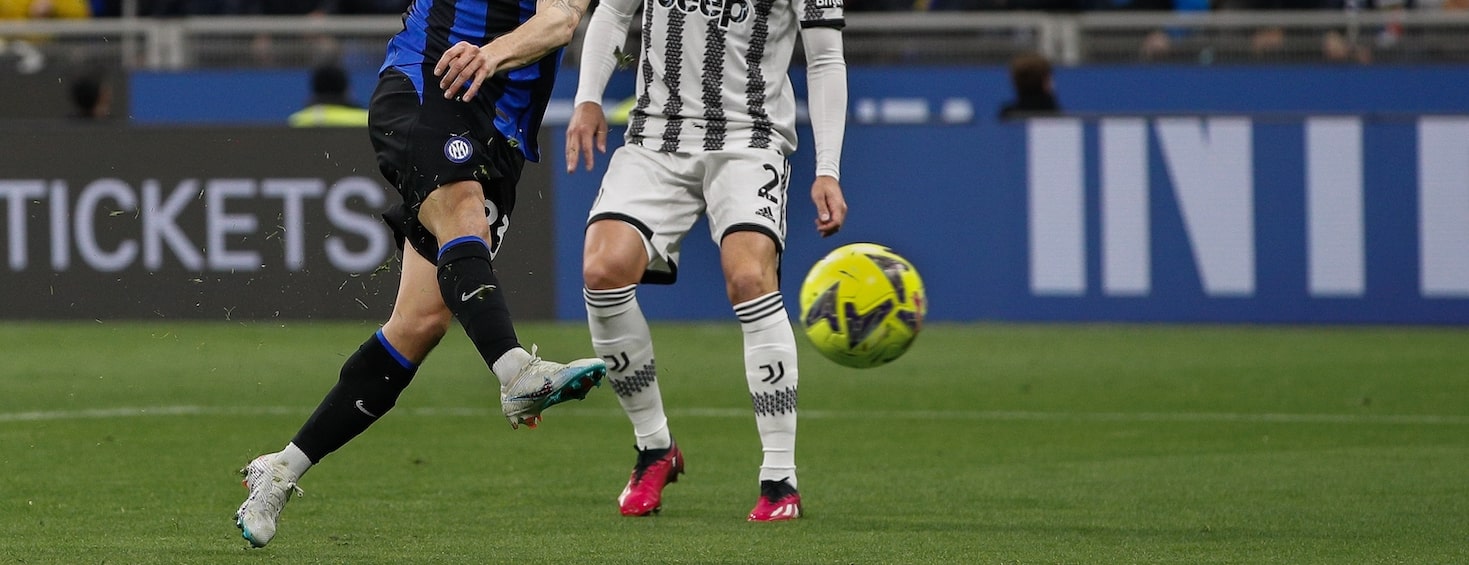
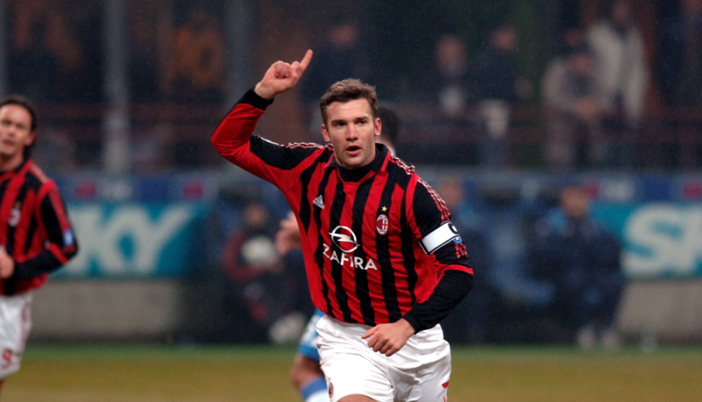
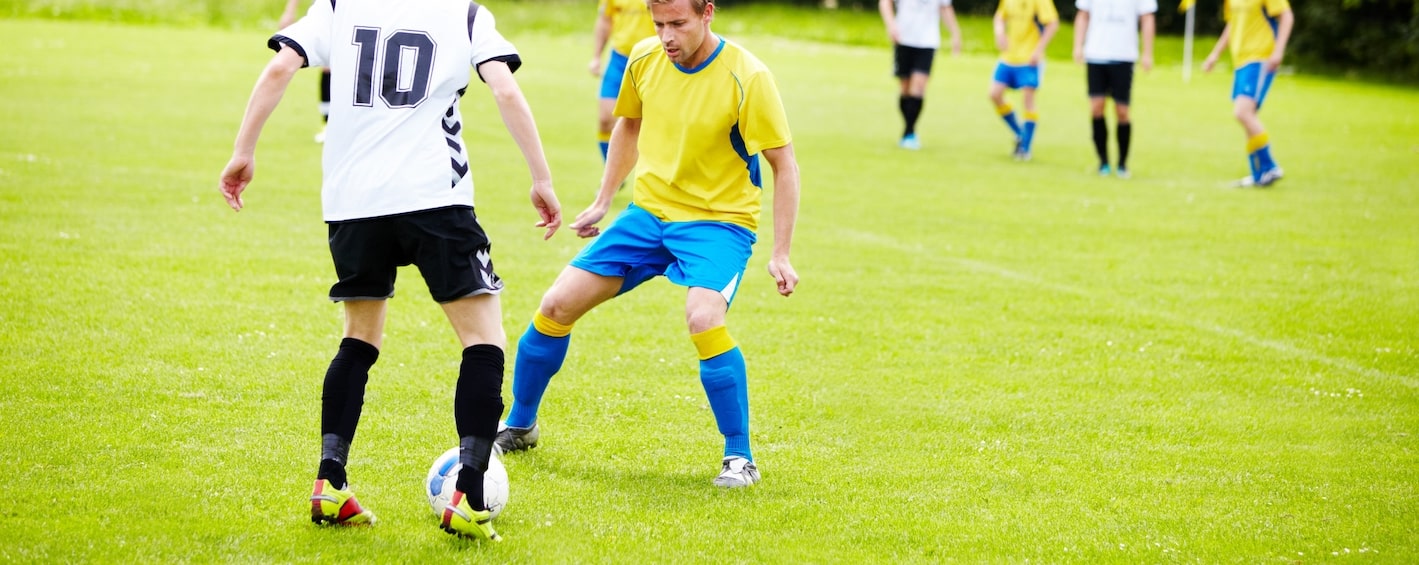
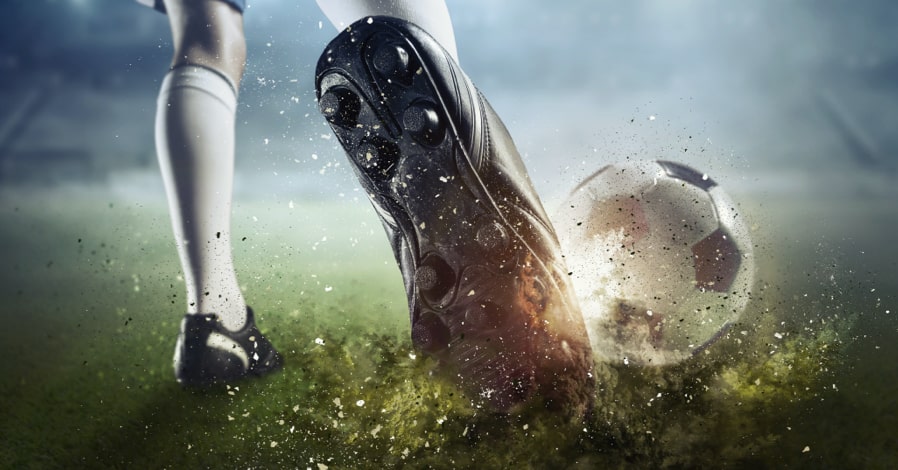
Cupello
Rethinking soccer coaching via our industry leading tools. Built to offer effective coaching development solutions for players and coaches of all levels.